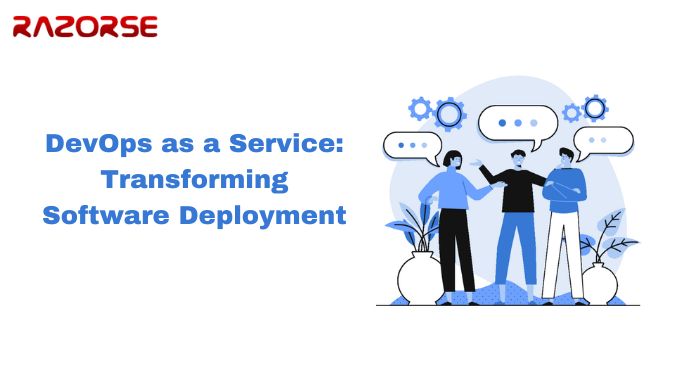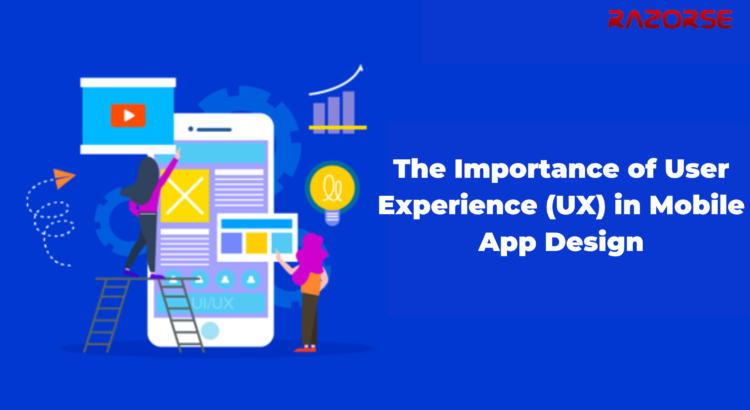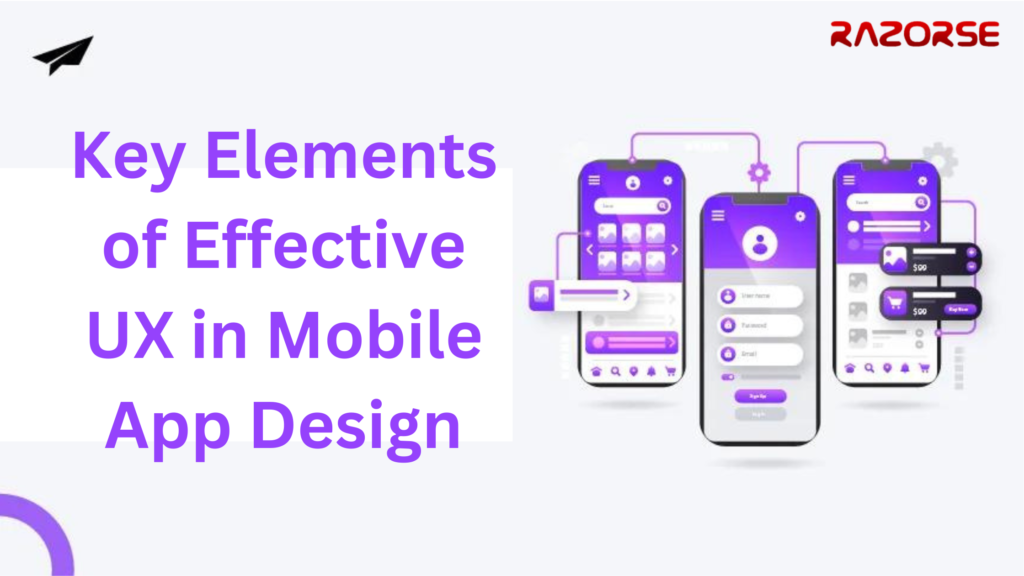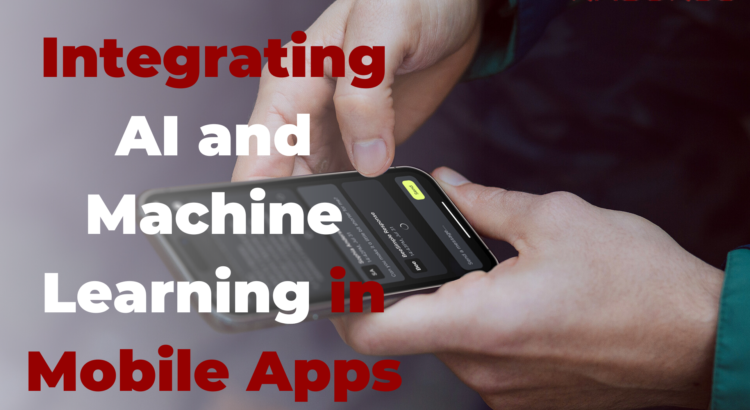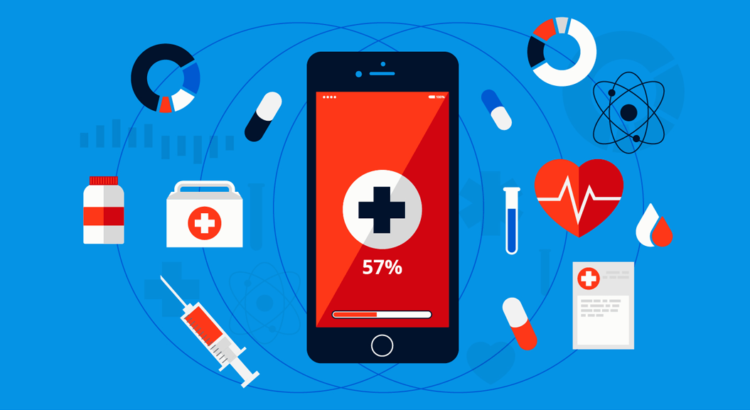DevOps as a Service (DaaS) is a cloud-based service model that provides a comprehensive suite of DevOps tools and practices as a managed service. It integrates development and operations processes, enabling continuous delivery and automation of the entire software lifecycle – from code development to deployment and monitoring. By leveraging DaaS, companies can access the latest DevOps tools and expertise without needing to manage the underlying infrastructure themselves.
The Evolution of DevOps and the Rise of DaaS
The traditional approach to software development involved siloed teams – developers wrote code, and operations teams were responsible for deploying and maintaining it. This division often led to inefficiencies, delays, and a lack of collaboration. DevOps emerged as a cultural shift aimed at fostering collaboration between these teams, using automation to streamline processes and enabling continuous integration and continuous delivery (CI/CD).
Key Benefits of DevOps as a Service
Scalability and Flexibility:
DaaS providers offer a scalable solution that can grow with your business. Whether you’re a startup or a large enterprise, you can adjust the level of service based on your needs. This flexibility allows organizations to manage resources more efficiently and respond quickly to changes in demand.
Cost Efficiency:
Building an in-house DevOps team requires substantial investment in hiring, training, and maintaining a skilled workforce, as well as purchasing and managing the necessary tools and infrastructure. DaaS eliminates these costs by providing a managed service at a predictable, subscription-based pricing model. This makes it an attractive option for companies looking to optimize their budget.
Faster Time to Market:
With DaaS, organizations can accelerate their software development and deployment processes. Automated pipelines, continuous integration, and continuous delivery enable faster releases, reducing the time it takes to get new features and updates to market. This agility is crucial in today’s competitive landscape, where the ability to innovate quickly can be a significant differentiator.
Improved Collaboration and Communication:
DaaS fosters collaboration between development and operations teams by providing a unified platform where all stakeholders can work together seamlessly. This improves communication, reduces bottlenecks, and ensures that everyone is aligned on project goals. As a result, organizations can achieve better outcomes and reduce the risk of errors.
Enhanced Security and Compliance:
Security is a critical concern in software development, and DaaS providers typically offer robust security features, including automated security testing, compliance monitoring, and vulnerability management. These tools help organizations maintain a secure development environment and ensure compliance with industry regulations, which is especially important in sectors like finance, healthcare, and government.
Access to Expertise:
DaaS providers are staffed with experienced DevOps professionals who are well-versed in the latest tools, practices, and trends. By leveraging their expertise, organizations can stay ahead of the curve and adopt best practices that drive efficiency and innovation. This access to specialized knowledge is particularly valuable for companies that may not have the resources to build and maintain a highly skilled in-house DevOps team.
The Role of Automation in DaaS
Automation is a cornerstone of DevOps as a Service. DaaS providers offer a range of automated tools that streamline various aspects of the software lifecycle, from code integration and testing to deployment and monitoring. This automation not only speeds up processes but also reduces the likelihood of human error, which can lead to costly downtime or security vulnerabilities.
For example, automated testing tools can quickly identify bugs and issues in code before it reaches production, allowing developers to address problems early in the development process. Similarly, automated deployment pipelines enable organizations to push updates to production with minimal manual intervention, reducing the risk of errors and ensuring a smooth deployment process.
Challenges and Considerations
While DevOps as a Service offers numerous benefits, it’s essential to consider potential challenges. For one, organizations must ensure that their DaaS provider aligns with their specific needs and goals. Choosing the right provider involves evaluating their expertise, service offerings, and track record.
Additionally, while DaaS can significantly reduce the burden of managing DevOps processes, organizations must still maintain a level of oversight and governance. Ensuring that the service provider adheres to security and compliance standards is crucial, as is maintaining clear communication channels to address any issues that may arise.
Conclusion
DevOps as a Service is transforming the way organizations approach software deployment. By offering a scalable, cost-effective, and automated solution, DaaS enables businesses to streamline their development processes, accelerate time to market, and maintain a competitive edge. As the demand for rapid and reliable software delivery continues to grow, DevOps as a Service will play an increasingly vital role in helping organizations achieve their goals.
For businesses looking to embrace the future of software deployment, DevOps as a Service offers a compelling path forward – one that combines the power of automation, the flexibility of the cloud, and the expertise of seasoned DevOps professionals.
